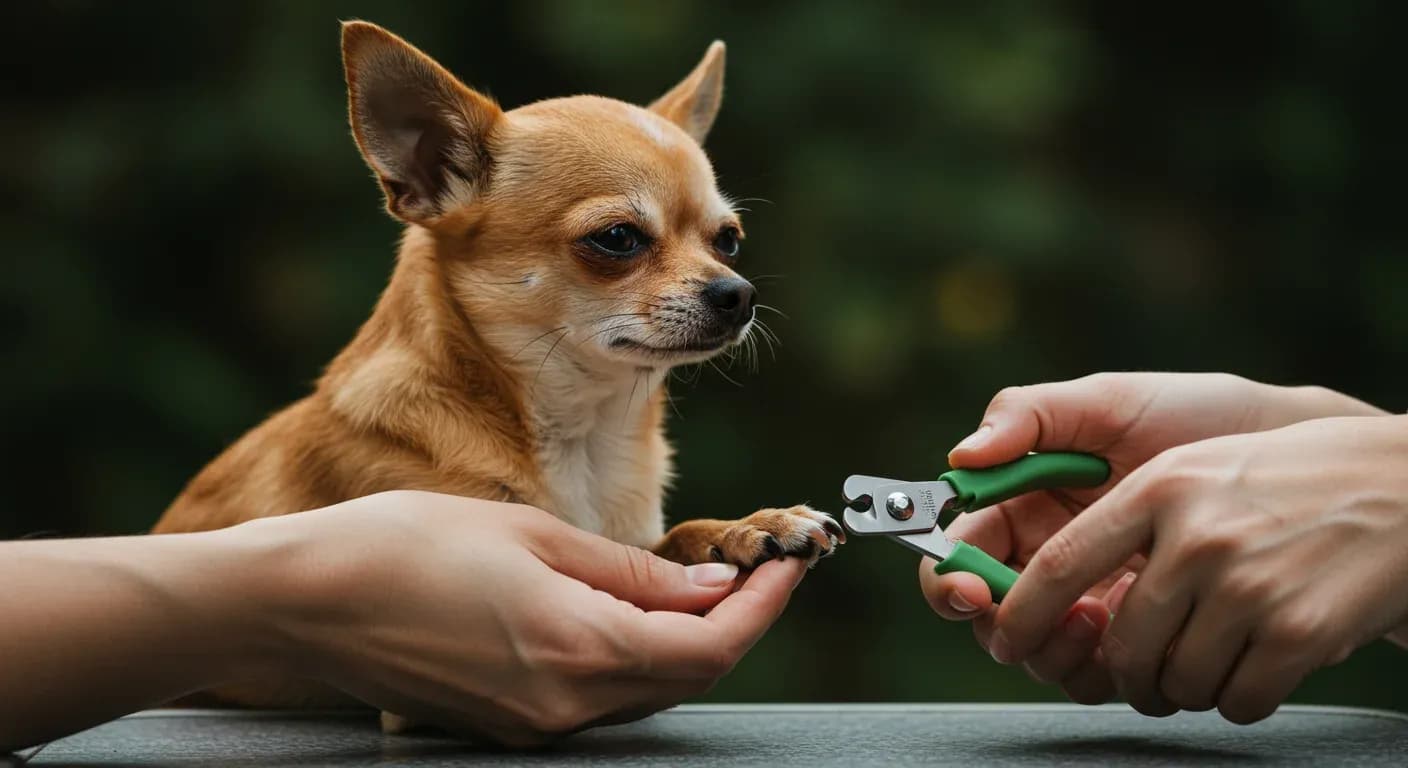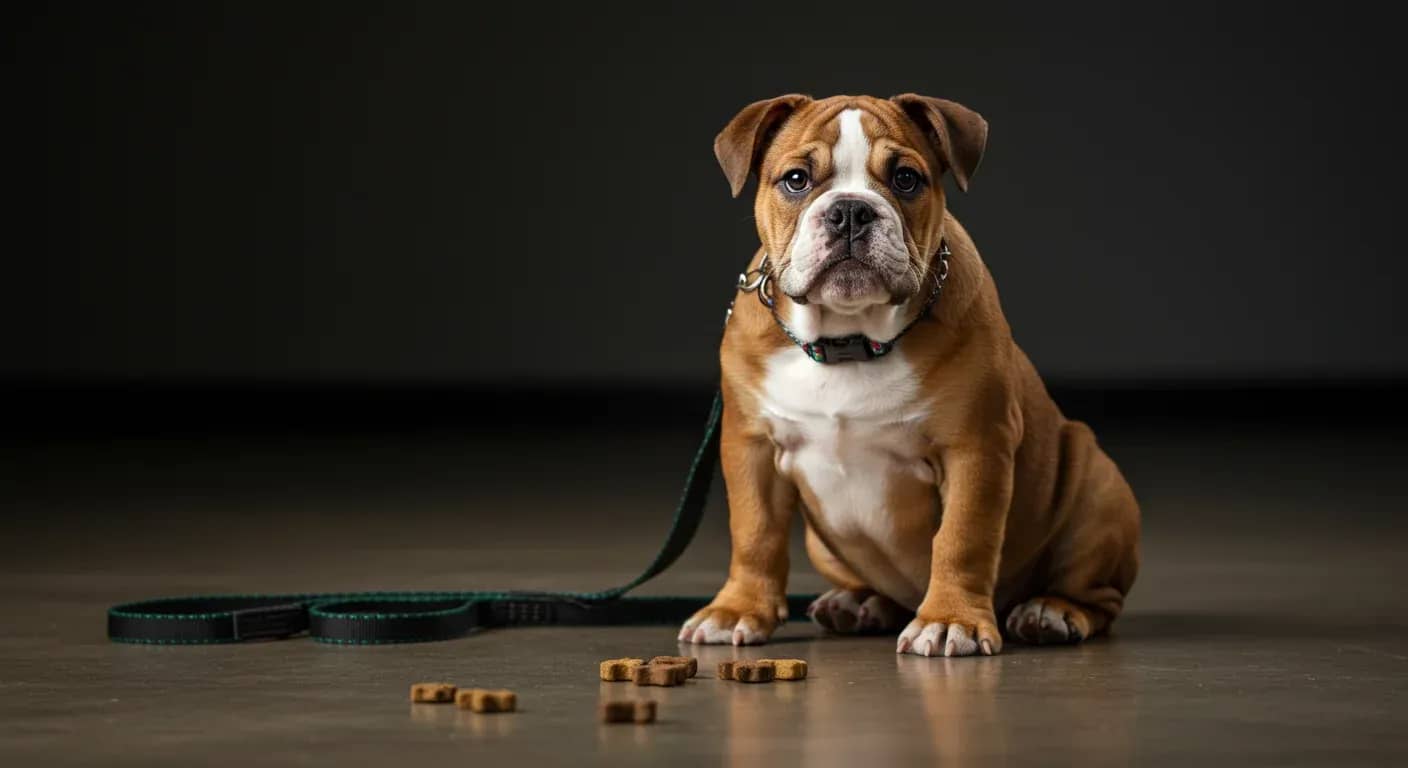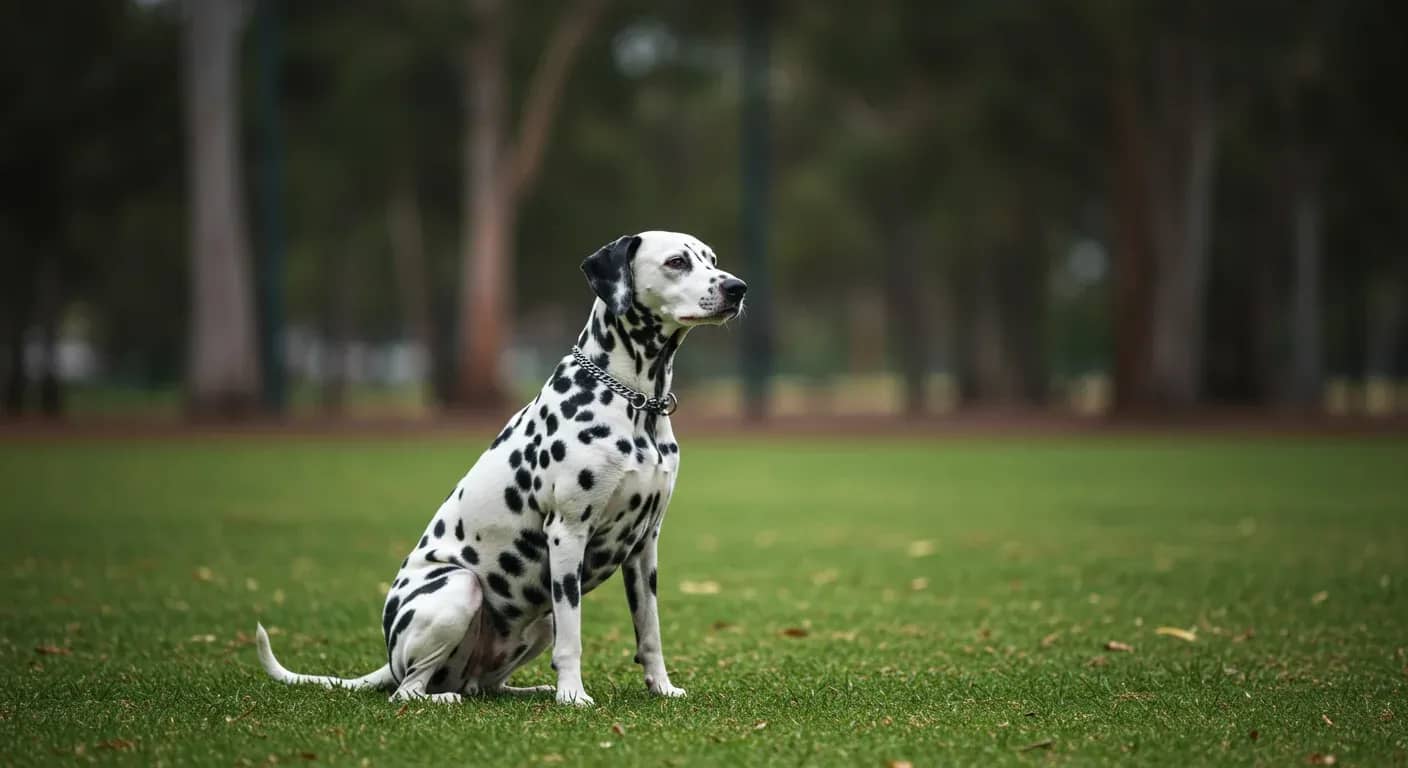At a glance
- Start nail trimming training early with daily paw handling and positive associations using treats
- Use gradual desensitisation, trimming just one nail per session initially to avoid overwhelming your dog
- Choose appropriate tools like small dog clippers or nail grinders designed for delicate nails
- Consider scratchboards as an alternative method for anxious dogs to file their own nails
You might notice your Chihuahua pulling away or showing signs of stress when it's time for nail trimming. This reaction is incredibly common among these small, sensitive dogs, and it's completely understandable given their delicate nature and tendency toward anxiety around handling.
Nail trimming ranks as one of the most challenging grooming tasks for Chihuahua owners, yet it's absolutely essential for your dog's health and comfort. These small dogs have nails that grow quickly, especially when they spend most of their time indoors on soft surfaces. Without regular trimming, overgrown nails can cause pain when walking, affect your dog's posture and gait, and even lead to painful splitting or infection if nails grow into the paw pads.
Why your dog's size makes nail trimming different
When it comes to nail care in Chihuahuas, their unique characteristics create specific challenges that larger breeds don't face. Their nails are notably thinner than those of bigger dogs, making them more susceptible to splitting or bleeding if cut incorrectly. Many of these dogs also have dark nails, which makes it much harder to see the quick (the blood and nerve supply inside the nail).
Research shows that small, anxiety-prone dogs like yours are more likely to develop fear-based reactions to nail trims if the process isn't introduced gently from the start. Their sensitive nature means they pick up on your stress levels too, so approaching the task with confidence and patience becomes even more important.
Veterinarians recommend trimming nails every 3-4 weeks for indoor dogs, and every 6-8 weeks for those who walk regularly on hard surfaces. For most Chihuahuas, the monthly schedule works best since they typically don't wear down their nails naturally through outdoor activity.
Building positive associations from the start
The foundation of successful nail trimming lies in making paw handling a positive, everyday experience rather than something that only happens during grooming. Start by gently touching your dog's paws daily, offering high-value treats like small pieces of chicken or cheese while you do so.
Professional trainers emphasise starting with incredibly small goals. As one expert notes: "When we have a puppy you might just have the goal of trimming One Nail on one paw, that's all you're going to do in one session maybe you try to do a couple different Nails in a day separating them by you know a period of time or maybe just go for One Nail a day."
Keep these initial sessions brief, lasting just 1-2 minutes to avoid overwhelming your dog. The goal isn't to complete a full nail trim immediately, but to build confidence and positive associations with the entire process. Let your dog sniff the nail clippers or grinder, rewarding calm behaviour with treats and praise.
Choosing the right tools for delicate nails

Selecting appropriate equipment makes an enormous difference in your success. Small dog or puppy clippers work best, with options including guillotine-style or scissor-style clippers specifically designed for small breeds. The KONG Nail Clippers for Small Dogs offer good control at a moderate cost of $10-20, while Safari Professional Nail Clippers provide a budget-friendly option at $8-15.
Many anxious dogs respond better to nail grinders than traditional clippers. The Dremel 7300-PT ($40-60) or PediPaws Nail Grinder ($30-50) create less sudden pressure and allow for more gradual nail shortening. Grinders also produce a smoother finish, reducing the need for filing afterward.
Always keep cornstarch or styptic powder on hand in case you accidentally cut the quick. Cornstarch works as an effective household alternative to commercial styptic powder, stopping bleeding within 30-60 seconds when applied with gentle pressure.
The scratchboard alternative

For dogs that remain extremely fearful of traditional nail trimming, scratchboards offer an innovative solution that allows them to file their own nails. This method works particularly well for front nails and can significantly reduce the frequency of manual trimming needed.
Research on scratchboard positioning found that "Maximum nail filing when placing the scratchboard at a 45-degree angle to the ground. At this angle, your dog files the bottom portion first and then the middle and top of nail, forming a nice rounded and smooth nail."
Training your dog to use a scratchboard involves the same positive reinforcement principles as traditional nail trimming. Use a clicker and treats to encourage interaction with the board, gradually building up the behaviour until your dog willingly drags their paws across the textured surface.
Safe trimming techniques for dark nails
Trimming dark nails requires extra caution since you can't see the pink quick inside. Cut small amounts at a time, examining the nail's cross-section after each cut. Stop when you see a black dot appearing in the centre of the nail, as this indicates you're approaching the quick.
For the small percentage of dogs with clear nails, the process becomes easier since the pink quick is visible. Cut just beyond the quick, leaving a small margin for safety. Always cut at a 45-degree angle to create a smooth finish, and file any sharp edges to prevent snagging on carpets or furniture.
Dr. Julie Buzby, an integrative veterinarian, emphasises proper preparation: "Know how to set yourself up for dog nail trimming success by using the proper tools and preparation. Understand how to use a unique trimming technique to dramatically reduce the chance of hitting the quick."
Troubleshooting common problems
If your dog shows fear or aggression during nail trimming, return to basic desensitisation work. Sometimes the issue stems from moving too quickly through the training process, or from a previous negative experience. Use shorter sessions, higher-value treats, and consider switching to a grinder or scratchboard method.
When bleeding occurs from cutting the quick, stay calm and apply cornstarch or styptic powder immediately. Hold gentle pressure for 30-60 seconds until bleeding stops. If bleeding continues for more than 10 minutes, contact your veterinarian. Most dogs recover quickly from minor quick cuts, but the experience can increase their anxiety about future nail trims.
For severely overgrown nails, resist the temptation to cut them back to normal length immediately. The quick grows longer in overgrown nails, so trim small amounts every few days to gradually encourage the quick to recede. This process typically takes 2-3 weeks but prevents pain and bleeding.
Knowing when to seek professional help
Some situations warrant professional intervention rather than continued home attempts. If your dog becomes aggressive or extremely fearful despite consistent positive training, a professional groomer or veterinary technician can complete the task safely while you continue working on desensitisation at home.
Dogs with medical conditions such as bleeding disorders require professional nail care to ensure safety. Additionally, if you're uncomfortable with the process or have accidentally cut the quick multiple times, professional help can prevent negative associations from developing further.
Most owners see significant improvement within 7-8 weeks of consistent training. The first 2 weeks focus on paw handling and tool introduction, weeks 3-4 involve touching nails with tools and trimming single nails, and weeks 5-8 gradually build up to full nail trims with minimal stress. With patience and positive reinforcement, the majority of these sensitive dogs can learn to tolerate or even enjoy their nail trimming sessions. For a complete overview of all aspects of Chihuahua grooming, including nail care as part of a regular routine, consider establishing a comprehensive grooming schedule.



